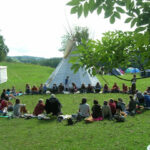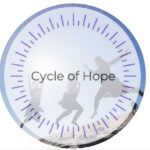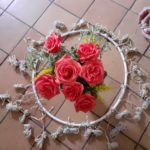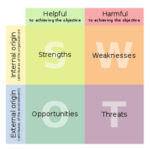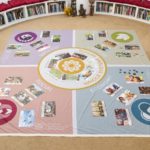Community Layer Methods
Mapping conflicts with CLIPS

Conflicts, problems and tensions form a natural part of the life of a group project and we only have a few social tools to manage them in a positive way. This method is one among others; from the CLIPS framework. It proposes to listen, collect and order the information that the conflict is contributing to. Allowing to observe it from different layers, feelings, needs and fears, searching a way to new options.
The Way of Circle
The Traffic Light

Any group needs to set its boundaries in a transparent manner for members, both new and old, to be able to navigate more smoothly within the community. What is needed from each member? What can be made possible? What is expected? The Traffic Light exercise zones out these aspects to set clear boundaries.
Cycle of Hope
Peer Coaching with CLIPS
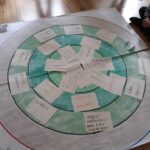
The term 'Collegial Coaching' is widely used in social enterprises to target issues of importance to one person for which this person seeks advice from their peers. The method has been adapted in a way that while coaching, the CLIPS model. is brought in as a reference. It could be typically applied at the end of an introduction to the CLIPS-model,and can be used with any audience that is familiar with the CLIPS model.
CLIPS Onion
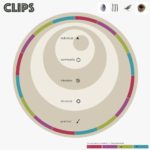
This method aims at supporting groups to develop a meta-perspective about their group from a CLIPS perspective. A typical example of the use of this method is the first day of a community meeting, dedicated to gain a deeper understanding of the issues of the community and at the same time understanding the importance of all 5 CLIPS layers.
Emotional Wheel
Permaculture & CLIPS Orientation Table

A method to help groups orient their actions and understand their best strengths and weaknesses using Permaculture Principles in relation to the CLIPS model. Although it cuts across all layers, it is especially related to Community and Structure. The Social Permaculture & CLIPS Method is formed by parts 1 & 2, so the Orientation Table (Part 1) should be consulted and applied before the Assessment tool (Part 1).
The Colour Game
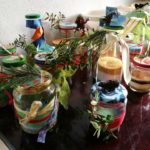
A method to get to know yourself in your c ommunity. To know more of yourself in a group, to know your group; differences and skills. to know which areas to improve - where to give special attention, to bring awareness to differences in a community group and why it is necessary to have different skills/styles represented. And give value to them all.
Community Cards

A set of cards about the mindset needed for creating community. The Community Cards help to introduce the attitude that is important for creating a community that respects and empower the individuals. It instigates people to reflect their own attitude and to speak about it. This usually starts a deep exchange that is very community building. They can connect their attitude and values to these cards.


